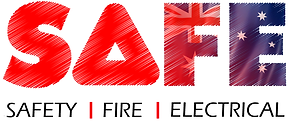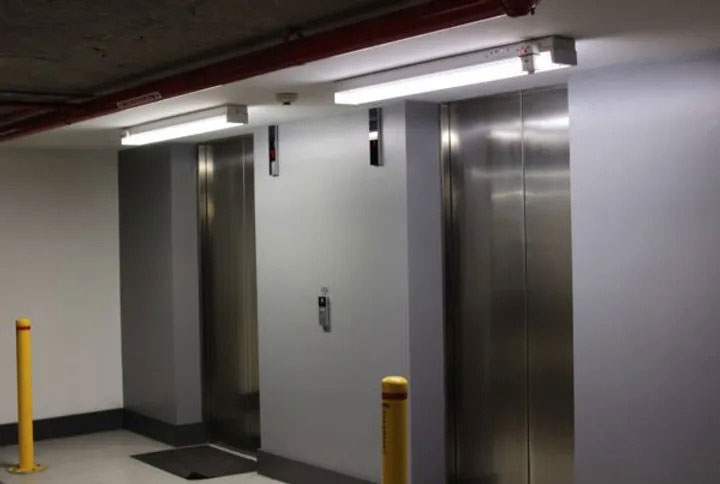Fire alarms provide everyone inside the building an early warning signal, giving them time to evacuate the building and flee the danger. Buildings used for commercial purposes must have proper fire safety equipment, as required by law. The safety of everyone inside a facility must be maintained and protected by the building owner or manager. Choosing the correct fire safety, on the other hand, can be tricky.
For example, fire alarm detectors and smoke alarms are frequently misunderstood and often can be used in various types of building classifications. But they are clearly different from each other. The main distinction is that one senses smoke while the other detects fire. Here are some other ways they differ and where they should be used.
Smoke Alarms
Smoke alarms detect smoke or fire and emit an audible warning to warn workers, occupants, and visitors inside the building. They excel in detecting fires in their early stages. This allows everyone ample time to get out before the smoke gets too thick; breathing the hazardous gases released by the fire can be lethal. Smoke inhalation is the leading cause of fatality in fires. When smoke enters the lungs, most victims are asleep.
It is because of its simplicity and effectiveness, this sort of alarm is suitable for residential use. They should be strategically distributed throughout the property, with the ability to be heard from the bedrooms, or in the case of Queensland, we also require smoke alarms installed in bedrooms to meet the new legislative requirements. They should not, however, be used in kitchens or toilets where they may be activated frequently and cause nuisance or unwanted alarms.
Carbon monoxide sensors and smoke alarms can be used in combination, we see manufacturers now offering a combined alarm, which increases early warning of a potential fire. Carbon monoxide has no odor, no taste, and is completely invisible. It has the potential to kill you before you even realize it is circulating in the atmosphere. The use of both types of sensing or detection elements together can ensure the occupants’ safety.
Smoke alarms are one of the most basic gadgets on the market, and they are quite inexpensive when compared to the function they serve in ensuring the residents’ safety. They are ideally suited to homes and other places where occupants and visitors may escape swiftly and easily but are also used in smaller commercial or industrial buildings as a cost-effective alternative for early warning systems. We also find them in common areas of small Class 2 residential buildings.
Fire Alarm Systems & Detectors
Fire alarm systems and smoke detectors, on the other hand, detect fire by tracking changes in the environment that are linked to combustion. However, because they can also detect smoke in some applications, they are frequently confused with smoke alarms.
If there are more than five employees in a commercial setting, a documented record of fire assessment is required by law. The fire assessment will identify any potential risks, which can be used to determine what fire equipment must be installed in the building, as well as the fire precautions that must be followed to protect the business and its employees.
Fire alarm and warning systems can be used in conjunction with other systems to create a more effective evacuation system. A fire alarm warning system can be triggered by various alternative input signals. An example would be a signal from a sprinkler system, beam detector, heat detector etc.
Fire Alarm systems can also be connected to the local fire station, which will receive an alert as soon as the fire alarm system is triggered to send a signal to an alarm monitoring or receiving centre, this is usually completed using Alarm Signalling Equipment.
Due to a Fire Alarm system’s complexity, they are more typically used in business settings. However, they are also used in larger residential buildings, where they protect common areas of the property and have warning devices within sole occupancy units, which provide early warning of a potential incident within the property.
Smoke Alarm and Fire Alarm Installation
Smoke alarms and fire alarm systems are clearly designed for specific locations and situations. Knowing the difference means a lot for the efficiency of your fire safety system. To figure out which alarm system is best for your property, contact us at SAFE. We provide a one-stop solution for all your smoke alarm and fire alarm system needs in Brisbane and South East of Queensland.

